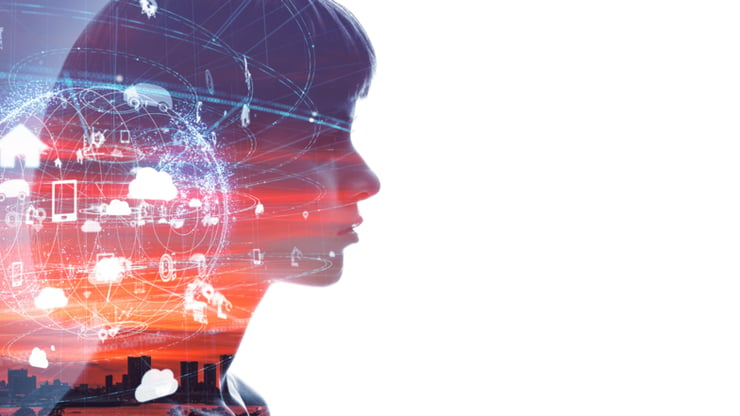The Science of AI-Powered Language Translation: A blog post on the science behind AI-powered translation.
You might not think that machine translation could ever replace human translation - after all, machines can't possibly understand the nuances of language, right? But you might be surprised to learn that AI-powered language translation is actually based on some pretty solid science! In this blog post, we'll explore the science behind AI-powered language translation to better understand how it works.
- What is AI-Powered Language Translation?
- How Does AI-Powered Translation Work?
- What the Future Holds for AI-Powered Translation

What is AI-Powered Language Translation?
With the advent of artificial intelligence (AI), language translation has become more accurate and efficient. AI-powered language translation can be used for a variety of languages. Some of the most popular languages that are translated using AI include English, Spanish, Mandarin Chinese, and French.
No matter what type of AI-powered language translation you use, the goal is to produce an accurate translation that sounds natural in the target language. To do this, AI technology relies on a number of different techniques, including Natural Language Processing (NLP) and deep learning.
How Does AI-Powered Translation Work?
AI-powered translation relies on a technology called neural machine translation (NMT). NMT is a type of artificial intelligence that is designed to learn from large amounts of data. By “learning” from data, NMT can identify patterns in language that human translators might not be able to see. This allows it to provide more accurate translations than traditional translation methods.
One way that NMT “learns” is by using a technique called deep learning. Deep learning is a subset of machine learning that involves feeding data into a neural network (a computer system that simulates the workings of the human brain). The neural network then “learns” from the data and adjusts its algorithms accordingly.
Deep learning is particularly well suited for language translation because it can handle the complexities of grammar and syntax. It can also deal with multiple meanings of words (known as polysemy) and the use of idioms and colloquialisms.
What the Future Holds for AI-Powered Translation
We are on the cusp of a new era in translation, one powered by artificial intelligence (AI). This technology is already starting to transform the field, and the potential benefits are immense.
Besides saving the time usually spent on translation using humans, AI-powered translation also helps to significantly cut translation costs, making localization for firms with large volumes of content more accessible. It has the potential to revolutionize the way we communicate with each other. It could simultaneously break down language barriers, and allow us to interact with people who speak different languages within the same zoom call using automated subtitles and synthetic speech technologies, making it easier than ever to open up new opportunities for trade and cultural exchange.
The possibilities are endless, but there are still some challenges to overcome. After all - AI-powered translation is not yet immune to errors. If quality is your top priority, AI-powered translation followed by human post-editing is your best bet.
Conclusion
Interested? Contact us for a free consultation suited for your business.

For more tips and content for global growth, please visit our blog.











